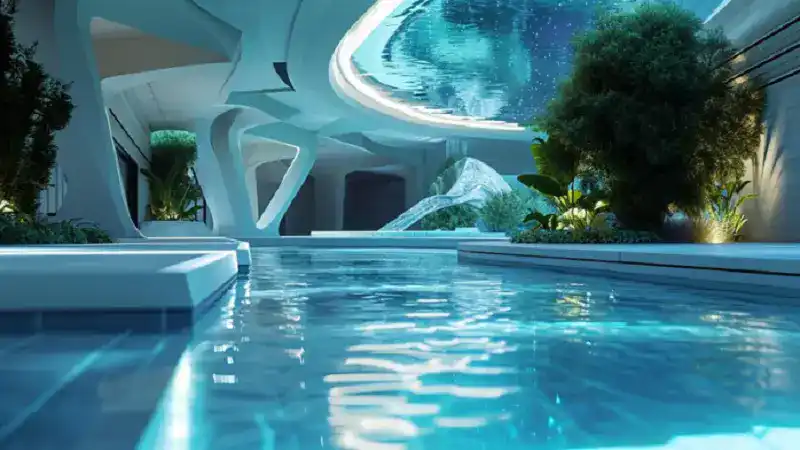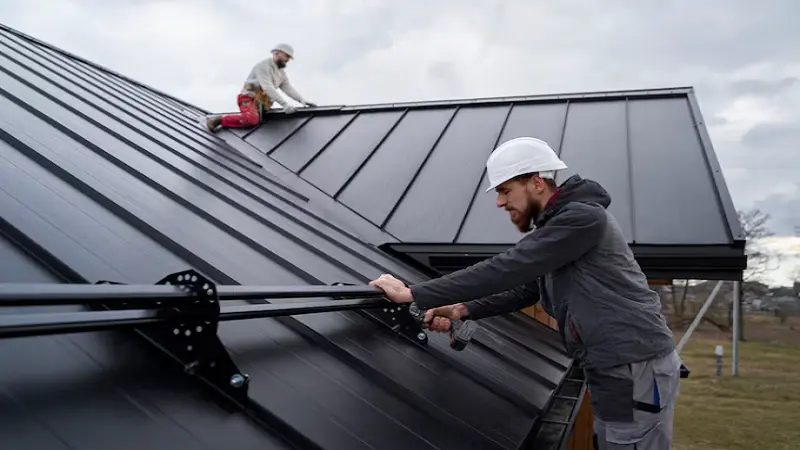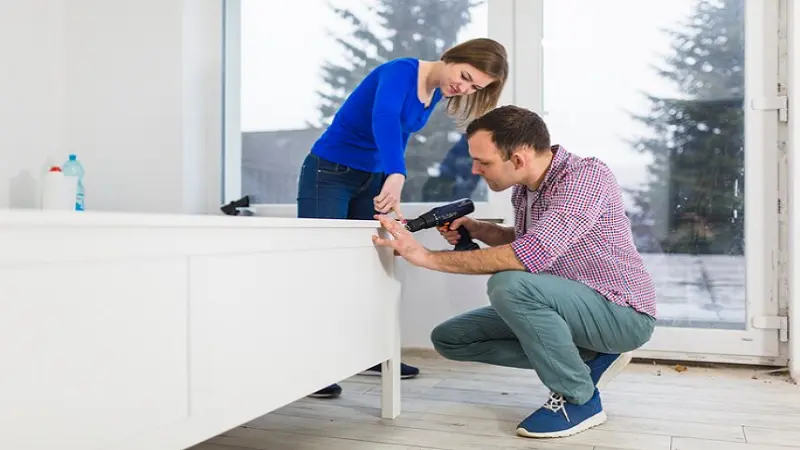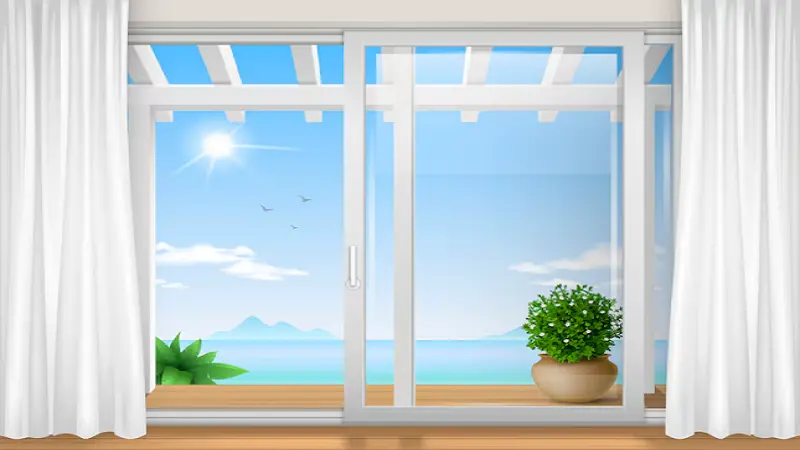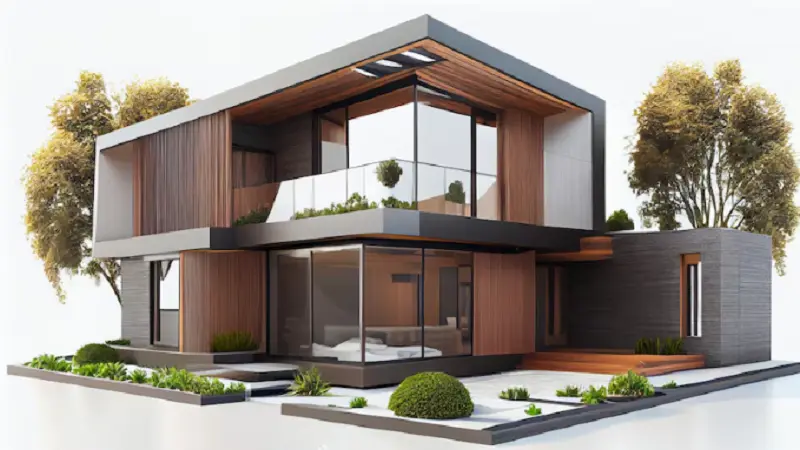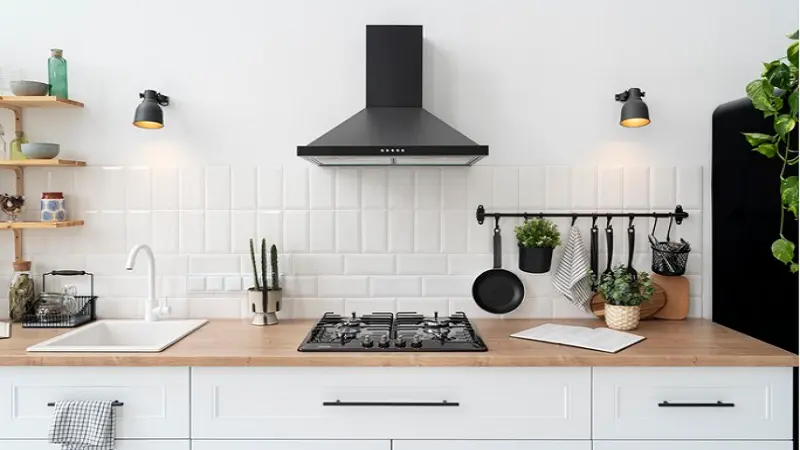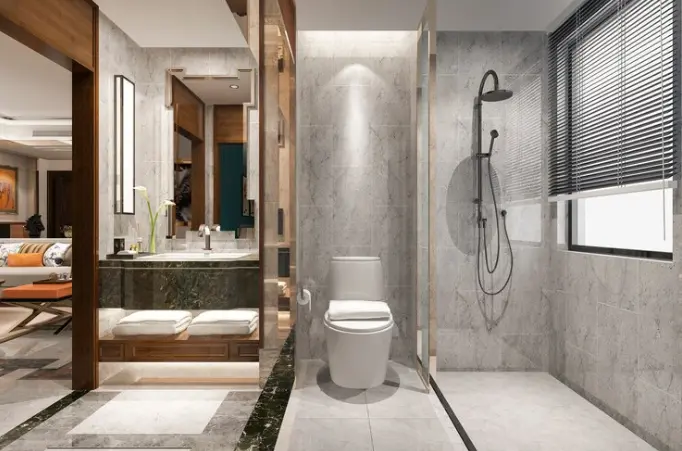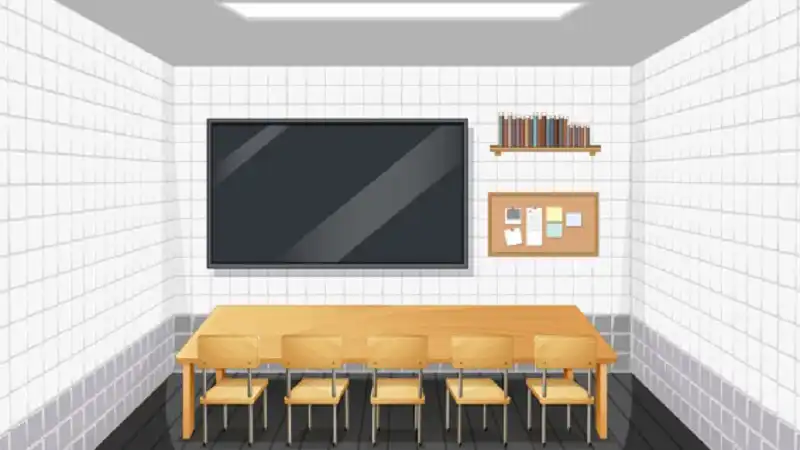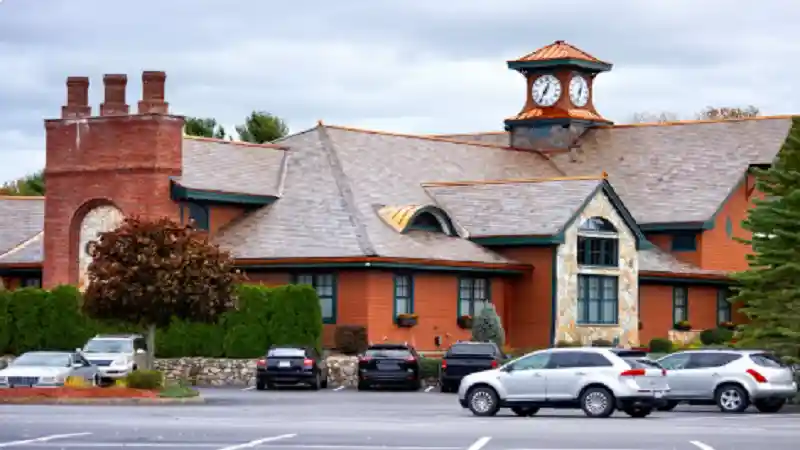Inground pools offer a fantastic way to transform your backyard into a private oasis, giving you a space for relaxation, exercise, and endless family fun. However, choosing the right inground pool can be overwhelming. With many options in size, shape, materials, and additional features, it’s essential to consider what best suits your lifestyle and space. Consulting a reputable builder, like carlsbad-based so cal custom pools & spas, can help create a pool that matches your vision. Here’s a guide to help you make the perfect choice for your dream pool.
Understanding Different Pool Types
Before diving into pool shapes and sizes, it’s important to know about the various types of inground pools. Each has its benefits and maintenance requirements, so choose one that aligns with your vision and budget.
1. Concrete Pools
Concrete pools are highly customizable, allowing for unique shapes, designs, and even custom tile or plaster finishes. They are known for their durability and longevity.
2. Fiberglass Pools
Fiberglass pools come as pre-molded shells, which makes them quicker to install than concrete pools. They are smooth, non-porous, and resistant to algae, making them easier to maintain.
3. Vinyl Liner Pools
These pools use a vinyl liner placed over a steel or polymer frame. They are more budget-friendly than concrete or fiberglass pools and offer flexibility in design and color.
Choosing the Right Shape and Size
Selecting the right shape and size is key to creating a pool that fits both your yard and your lifestyle. Here are a few popular shapes and what makes them unique.
1. Rectangular Pools
Rectangular pools are ideal for those who enjoy swimming laps, as their shape allows for a clear, straight swim lane. They also create a modern look that’s popular for minimalist designs.
2. Freeform Pools
Freeform pools have a more natural, organic shape and often resemble small ponds or lagoons. This style is perfect if you want your pool to blend seamlessly into a landscaped yard.
3. Kidney-Shaped Pools
Kidney-shaped pools have a unique curve that provides two distinct areas, making them ideal for creating shallow and deep ends in a visually appealing way.
Pro Tip: Measure your yard carefully and ensure there’s enough space around the pool for lounging landscaping, and safety zones. Consider how the pool will look from various angles, including from inside the house.
Selecting Pool Features and Add-Ons
Once you’ve chosen the basic type, shape, and size of your pool, it’s time to think about extra features. These add-ons can elevate the pool experience and make inground pool more enjoyable for you and your guests.
1. Water Features
Waterfalls, fountains, and bubblers can bring a sense of luxury and tranquility to your pool. The sound of moving water is soothing and can also help with circulation.
2. Heating Options
Heating systems allow you to enjoy your pool year-round. Solar heaters, gas heaters, and heat pumps are all options to consider depending on your climate and budget.
3. Lighting
LED lights add atmosphere to your pool area at night. Colored lights can change the pool’s mood, making nighttime swims feel magical and increasing safety.
Fun Fact: Pool lights were first introduced in the 1950s and were an instant hit for adding a touch of Hollywood glamour to backyard pools!
Choosing the Right Pool Depth
Pool depth matters for both safety and functionality. Think about how the pool will be used by each member of your household before deciding.
- Shallow Pools (3-4 feet): Ideal for children and lounging.
- Deep-End Pools (6-8 feet): Great for diving, but they take up more space.
- Gradual Slope Pools: Offer both shallow and deep areas, accommodating swimmers of all ages and abilities.
Budgeting for Your Pool Project
Budget plays a crucial role in choosing the right pool. Pool prices vary significantly based on material, size, features, and additional landscaping needs.
- Concrete Pools: Generally the most expensive due to customization and longevity.
- Fiberglass Pools: Mid-range, with faster installation but limited in custom shapes.
- Vinyl Pools: The most budget-friendly option, though the liner will need replacement every 5-9 years.
Remember to budget for long-term costs as well, including maintenance, repairs, and potential upgrades.
Planning for Pool Maintenance
All pools require some maintenance to stay clean and safe. However, the type of pool you choose will impact the time and expense involved in keeping it in top shape.
- Concrete Pools: Require frequent cleaning and may need resurfacing every 10-15 years.
- Fiberglass Pools: Easier to maintain, with smooth surfaces that resist algae buildup.
- Vinyl Pools: Need regular cleaning and careful liner care to prevent tears and leaks.
Did You Know? Regular pool maintenance helps increase your pool’s lifespan, allowing you to enjoy it for decades without major repairs.
Working with a Professional Pool Builder
When it comes to constructing your pool, selecting the right builder is crucial for quality and longevity. Be sure to discuss the pool construction phases with them to understand the timeline and steps involved. Look for a builder with experience, positive reviews, and transparent pricing. Request a portfolio of past projects to see if their style matches your vision.
Questions to Ask Your Pool Builder:
- How long have you been building pools?
- Do you offer warranties on your work and materials?
- What are the estimated installation time and costs?
A skilled builder will guide you through each step and ensure that your pool meets safety regulations and is built to last.
Enjoying Your Perfect Pool
Choosing the best inground pool takes time and planning, but the result is worth the effort. With the right pool type, shape, features, and builder, you’ll be set to enjoy countless hours of relaxation, exercise, and fun in your new backyard retreat. Now, dive in and start designing the pool of your dreams!
